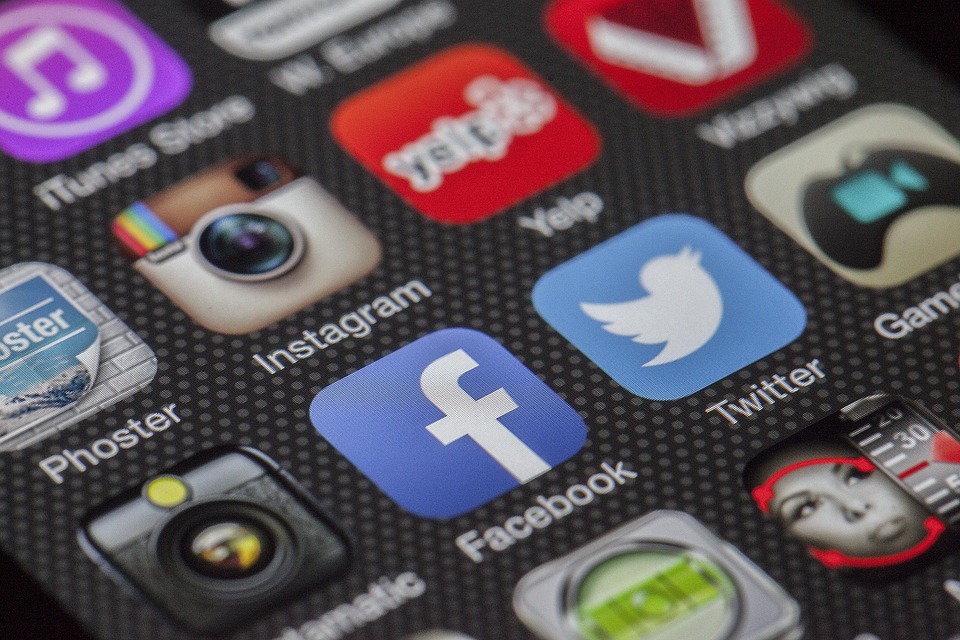
The world of technology has revolutionized various industries, including the way we experience art and culture. Museums, often considered as a gateway to human history and artistic legacies, have embraced virtual reality (VR) as a powerful tool to enhance visitor engagement and provide immersive experiences. This article dives into the integration of virtual reality in museum exhibits and its impact on the way we perceive and appreciate art.
1. The Power of Virtual Reality
Virtual reality is an innovative technology that simulates an artificial environment, replicating realistic sensory experiences through sight, sound, and sometimes even touch. With the help of VR headsets, visitors can explore virtual worlds that transport them to different places, eras, or realities.
Museums have recognized the power of virtual reality in capturing the attention of visitors and making exhibits more interactive and engaging. By combining VR technology with artistic masterpieces and historical artifacts, museums can create an unforgettable experience that goes beyond traditional viewing.
2. Enhancing Engagement and Education
One of the primary goals of museum exhibits is to educate and engage visitors. Virtual reality adds a new dimension to this objective, allowing visitors to immerse themselves in educational and entertaining experiences. VR can transport them back in time to witness historical events or take them on a journey through famous paintings and sculptures.
By integrating VR into museum exhibits, curators and educators can provide interactive storytelling experiences that spark curiosity and encourage active learning. Visitors can walk through ancient ruins, interact with virtual characters, or examine intricate details of artwork that may not be visible to the naked eye.
3. Preserving and Restoring Art
Art preservation is another area where virtual reality has proven to be invaluable. Fragile artwork or artifacts can be virtually restored and displayed in their original glory, without risking any further damage. Visitors can experience the beauty and history of delicate masterpieces that would otherwise be inaccessible due to their vulnerability.
Furthermore, VR can also aid in the preservation of culturally significant sites and landmarks. By creating virtual replicas, museums can digitally archive these sites, ensuring their preservation for future generations. Virtual reality allows for a detailed exploration of historical sites that may be impossible for physical visitors to access due to geographical or logistical limitations.
4. Breaking Barriers for Accessibility
Accessibility has always been a challenge for museums, as physical limitations may prevent individuals from fully experiencing exhibits. However, virtual reality has the potential to break down these barriers and make art accessible to everyone. VR technology can provide inclusive experiences to visitors with mobility constraints, allowing them to explore museums and engage with art from the comfort of their homes.
Additionally, VR can also open doors for individuals with visual impairments. Through auditory descriptions and haptic feedback, virtual reality can provide a multi-sensorial experience, enabling everyone to appreciate and understand the artistic and historical significance of various exhibits.
5. Future Implications
The integration of virtual reality in museum exhibits is a constantly evolving field. As technology advances, museums will continue to explore new possibilities to enhance visitor experiences. These advancements may include the incorporation of augmented reality (AR), allowing visitors to overlay virtual images or information onto real exhibits, providing even deeper insights and context.
Moreover, with the increasing popularity of virtual reality, museums can extend their reach beyond physical boundaries. The creation of virtual museums or online exhibitions enables a global audience to access and engage with art and cultural heritage from anywhere in the world.
Conclusion
Virtual reality has become a game-changer in the museum industry, transforming the traditional way we engage with art and culture. By integrating VR technology, museums provide visitors with immersive experiences, enhance education, preserve fragile treasures, improve accessibility, and explore new horizons for the future. The integration of virtual reality in museum exhibits is bridging the gap between the past and the present, offering a glimpse into the future of art appreciation.


